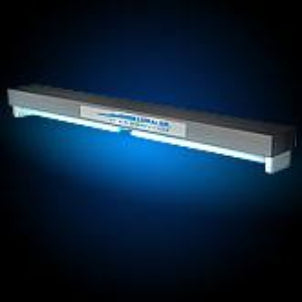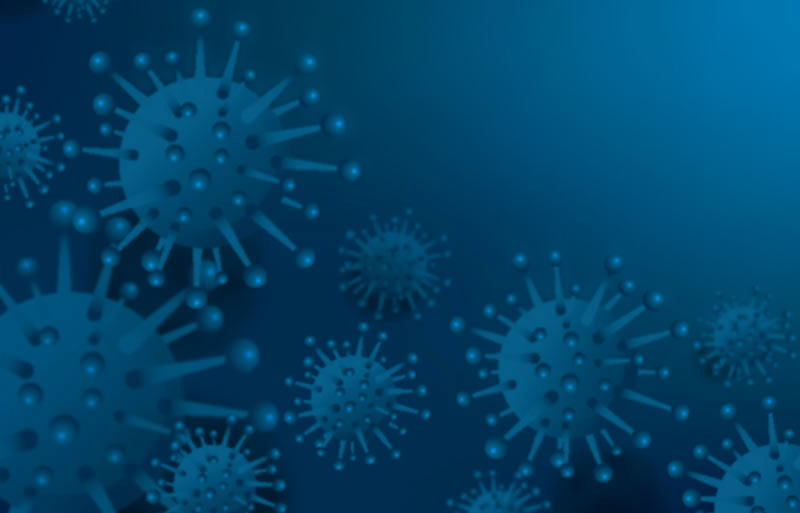Using the Prospective of UV Disinfection: Shielding Health And Wellness and Hygiene
As the globe comes to grips with the continuous pandemic and the consistent danger of contagious diseases, the value of preserving health and health has never ever been much more evident. In this context, using the potential of UV sanitation emerges as an encouraging service. UV sanitation, an innovation extensively utilized in numerous markets, has proven reliable in eliminating harmful microorganisms. There is much even more to explore behind the science of UV sanitation and its applications. From understanding the systems at play to applying this technology in our every day lives, this discussion aims to clarify the potential of UV disinfection and its function in guarding our health and hygiene.
Comprehending UV Disinfection
UV disinfection is an extremely reliable and extensively made use of approach for making sure and getting rid of unsafe virus wellness and health. This strategy makes use of ultraviolet (UV) light to suspend microorganisms by damaging their DNA and preventing them from recreating. UV sanitation is specifically reliable versus germs, viruses, and other microorganisms that can cause infections and conditions.
The concept behind UV sanitation is basic yet powerful. UV disinfection can be used in various setups, including water treatment plants, health care facilities, food handling industries, and air filtration systems.
One of the benefits of UV disinfection is its capacity to properly and effectively eliminate a wide variety of microorganisms without the need for additives or chemicals. Unlike various other disinfection approaches, such as chlorine or ozone, UV disinfection does not introduce hazardous byproducts or chemical residues right into the environment. In addition, UV disinfection is a non-contact process, which suggests that it does not need physical contact with the bacteria, lessening the threat of cross-contamination.

The Scientific Research Behind UV Disinfection
The efficiency of UV disinfection exists in its capacity to interrupt the genetic material of microbes, providing them incapable to reproduce and thus removing their harmful capacity. This high-energy UV-C radiation is most efficient in sanitation applications since it can permeate the cell wall surfaces of bacteria and damage their DNA or RNA.
When bacteria are subjected to UV-C radiation, the energy is taken in by their genetic material, causing bonds to damage and creating chain reactions that interrupt their capacity to duplicate. This protects against the microbes from spreading and replicating infection. UV disinfection is specifically reliable against fungi, viruses, and microorganisms, including common pathogens such as Escherichia coli, Salmonella, and Flu.
The scientific research behind UV sanitation is supported by extensive study and researches. It has been revealed that direct exposure to a sufficient dosage of UV-C radiation can accomplish a high level of sanitation, usually going beyond 99.9% effectiveness in killing bacteria. It is important to keep in mind that the effectiveness of UV sanitation depends on various aspects, including the intensity of UV-C radiation, direct exposure time, range from the UV source, and the sensitivity of the microorganism to UV radiation (uv surface disinfection).
Applications of UV Sanitation
Given the substantial study and effectiveness of UV sanitation in disrupting the genetic product of microorganisms, it is necessary to explore the different sensible applications of this innovation. UV sanitation has actually shown to be a useful device in a large range of markets where keeping a risk-free and tidy environment is necessary.
One significant application of UV sanitation is in healthcare setups. UV light can be made use of to decontaminate surfaces, devices, and also the air in medical facilities and clinical centers. This helps to decrease the danger of healthcare-associated infections and makes certain a safer environment for individuals and medical care employees.
Another important application is in the food and beverage market. UV sanitation is utilized to deal with water and remove harmful microorganisms, such as E. coli and Salmonella, from the production process. uv surface disinfection. This makes certain the safety and high quality of the products we eat
UV disinfection is additionally commonly made use of in water treatment plants and wastewater therapy facilities. It is a reliable approach for damaging damaging bacteria, viruses, and parasites that can be present in water resources. This aids to give risk-free and clean drinking water to areas and secure the atmosphere from contamination.
Furthermore, UV disinfection is employed in the pharmaceutical sector to decontaminate devices and preserve the integrity of items. It is likewise utilized in labs and research centers to stop contamination and make certain precise results.
Benefits of UV Sanitation Technology
One notable advantage of utilizing UV disinfection technology is its capacity to properly remove bacteria without making use of rough chemicals. This is especially advantageous in numerous setups, such as healthcare centers, visit here water therapy plants, and food processing sectors, where the existence of unsafe virus presents a considerable risk to public health and wellness and safety.
Unlike traditional sanitation methods that rely upon chemicals like chlorine or ozone, UV disinfection innovation uses ultraviolet light to target and destroy the DNA of microbes, efficiently counteracting their capability to duplicate and trigger infections. This procedure not only removes the requirement for potentially dangerous chemicals but additionally decreases the threat of chemical residue or by-products continuing to be in the treated setting.

Additionally, UV disinfection innovation is eco pleasant. As it does not rely upon making use of chemicals, it gets rid of the need for their transportation, disposal, and production, reducing the general carbon footprint connected with disinfection processes. Additionally, UV disinfection systems have a longer lifespan compared to chemical-based approaches, causing much less constant substitute and more minimizing waste.
Applying UV Sanitation in Every Day Life
To successfully execute UV disinfection in day-to-day live, individuals and companies can incorporate portable UV disinfecting gadgets into their hygiene regimens and cleansing techniques. These gadgets are developed to release ultraviolet light, which has actually been shown to kill or suspend a large range of microorganisms, consisting of infections, germs, and fungi. By utilizing mobile UV sterilizing devices, people can disinfect commonly touched surface areas and objects, such as cellular phone, doorknobs, secrets, find out here and laptop computers, decreasing the threat of spreading bacteria and infections.
Along with integrating portable UV sterilizing tools, it is essential to adhere to appropriate standards and recommendations for efficient UV sanitation. This includes making certain that the gadget is used properly and for the advised duration to accomplish optimum disinfection results. It is additionally important to focus on safety measures, such as using safety eyewear and avoiding straight exposure of the UV light to the skin.

Moreover, organizations can execute UV sanitation innovation in various setups to improve hygiene practices. Healthcare facilities and medical care facilities can use UV sanitation robots to disinfect individual rooms, running theaters, and other high-touch areas. Food handling industries can incorporate UV sanitation systems right into their production lines to improve food safety and protect against contamination.
Final Thought
In conclusion, UV disinfection modern technology holds wonderful potential in protecting health and wellness and health. With its numerous advantages, UV disinfection is a useful device for maintaining a healthy and balanced and tidy setting.
Unlike various other disinfection methods, such as chlorine or ozone, UV disinfection does not present unsafe by-products or chemical residues into the environment. It is essential to note that like this the efficiency of UV disinfection depends on various variables, including the intensity of UV-C radiation, exposure time, distance from the UV source, and the susceptibility of the bacterium to UV radiation.
Another advantage of UV disinfection technology is its ability to offer continuous and quick sanitation. Unlike guidebook cleansing methods, which can be time-consuming and call for substantial labor, UV sanitation systems can be automated and operate constantly, guaranteeing constant disinfection without human treatment.To properly implement UV disinfection in daily life, organizations and individuals can include mobile UV sterilizing devices right into their health routines and cleansing techniques.